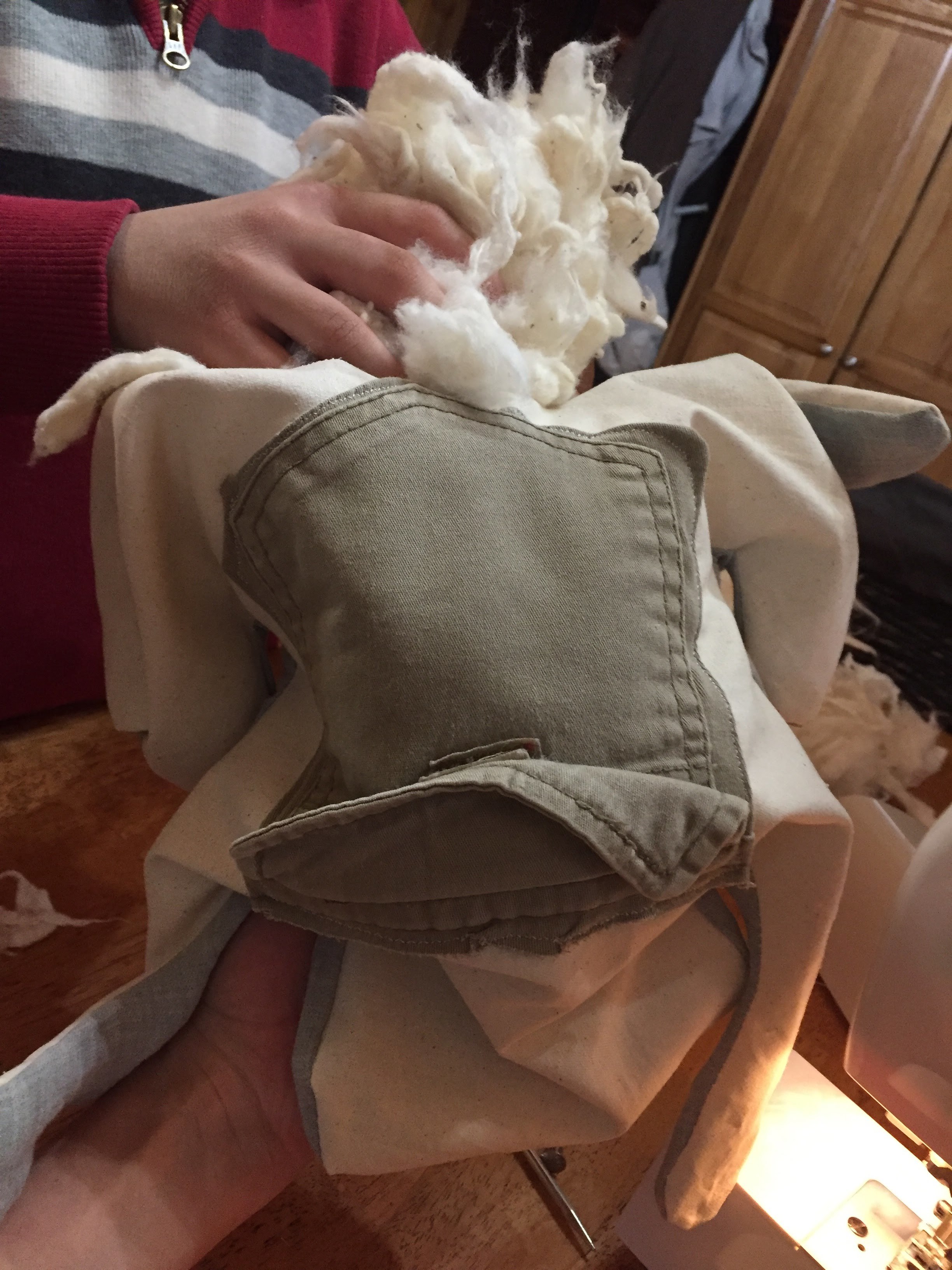Next, pull out last year's tax return and look for the form 1040 at the top. This is the center of the bicycle wheel of the tax papers. All other forms, mostly, orbit around this form. As you are creating a complete tax strategy, you know that your goal is minimize your tax liability (the amount you owe) and maximize your deductions (stuff that lowers your taxes that you owe).
As we sip our tea and laugh at silly children playing, we should discuss that there are two totally different tax systems within our complicated tax code. If nothing else, you need to know this. One tax system if for the employee and one is for the business owner. Many people are in both categories and that is totally fine. Just understand that the taxes function very differently. Here's the basics of how:
As an employee, you are subject to tax on your wages first. Your taxes and "pre-withdrawn" from your pay check. Hence the reason it's hard to get ahead. By the time it's direct deposited into your account, the government has already started the processes of "re-directing" your hard-earned pay. There's a huge back story on how this came to be historically, but just trust me you'll want to know how to make educated tax decisions for you family because taxes are withdrawn first from a traditional W-2 paycheck.
As a business owner, you receive payment for your product or service from your customer so the money works completely different than from an employer. You may charge your customer sales tax as applicable, but you now have some choices that you can strategically make with that money you've received. In short, you can make your money work for you and create more income for your household BEFORE you must pay taxes on it. This is through legitimate, strategic tax deductions. Maybe continuing to expand your business. You pay taxes last, instead of first as you do as an employee. That's a very simplified version of it, but I just want you to get the basic concepts here.
Next you'll need to understand those important deductions. Deductions are legitimate expenses you pay for that then lowers your taxable income. As an employee or a business owner or both, you need to be very cozy with deductions, what they are, and their rules. Go to www.IRS.gov and search "deductions." There are two deduction headings you are going to see there, itemized and standard deductions. Now there are advantages to using one or the other but eventually you will probably want to itemize. This itemizing will again lower your taxable income to take full advantage of legitimate tax deductions.
As a business owner, you are going to want to track mileage, advertising expenses, and product costs plus many others. Good book keeping is key. Do you use your 2nd cell phone only for business? Do you drive to meet with clients? Save receipts and track that mileage. If you are a sole proprietor, you probably will look for the schedule C. As our economy moves more towards the "gig" or "sharing" economic structure, more of us are needing to be fully educated on our own tax strategy. The IRS even promotes a whole page on the site to the "sharing" economy.
Here are a few simple steps to begin today to minimize your largest expense:
1. Change your mindset towards taxes. No, you don't have to repeat a mantra that you love taxes, but you do not need to be intimidated any more on the topic. You CAN get educated information on this important topic. You CAN begin to understand concepts that will protect your family. Trust me, with the type of money you are paying in taxes, this needs to be at the top of your list to learn.
2. Pull out your last years tax return. Yes, I know it's much more fun to do a thousand other things, but trust me. When you keep more of your hard earned money, you will be so happy with the time you spent getting cozy with your 1040.
3. Looking at your return, read through line by line the progression of what you pay in taxes and how it is figured. The 1040 is the main form around which all your other forms will rotate. It's the center of the bicycle wheel. Search www.irs.gov for anything you don't understand.
4. Look at your deductions. Do you take a standard deduction? Do you itemize on a schedule A? Are there deductions that you aren't familiar with. Write those down. Just because something is tax deductible doesn't mean it directly lowers your taxes. Some deductions are certain percentages and have different rules depending on what it is so it may be an indirect benefit to lowering your taxes. If you look on www.irs.gov in the search box you can read up on the rules to see if it applies to your situation. Can you tell I adore www.irs.gov? Crazy, I know! I do because KNOWLEDGE APPLIED = POWER. I want you to be empowered as you are protecting the financial stability of your sweet family.
5. Call your tax preparer and ask to review your taxes today. Ask how you can make changes to pay less in taxes. The year is still young. You have time to make adjustments now, proactively rather than re-actively come tax season. Did you pay more in taxes than you thought you should? Do you have a plan to optimize your tax deductions according to the IRS guidelines? Are you keeping accurate records? All of this can be found on www.irs.gov, but having a real, live person to walk you through this topic is key.
This is where I started with my largest tax deduction, through taking full advantage of owning a business (we own two different businesses). I educated myself on the charitable donations that were tax deductible and followed the rules exactly. I worked through the 1040 and took the tax preparer training because I found I loved it. Now I am working on the Enrolled Agent exam simply because it is vital to the families I work with.
Working this tax strategy together with my CPA, plus better financial information plus my own financial coach produced incredible financial progress while making my own toothpaste did not.




























